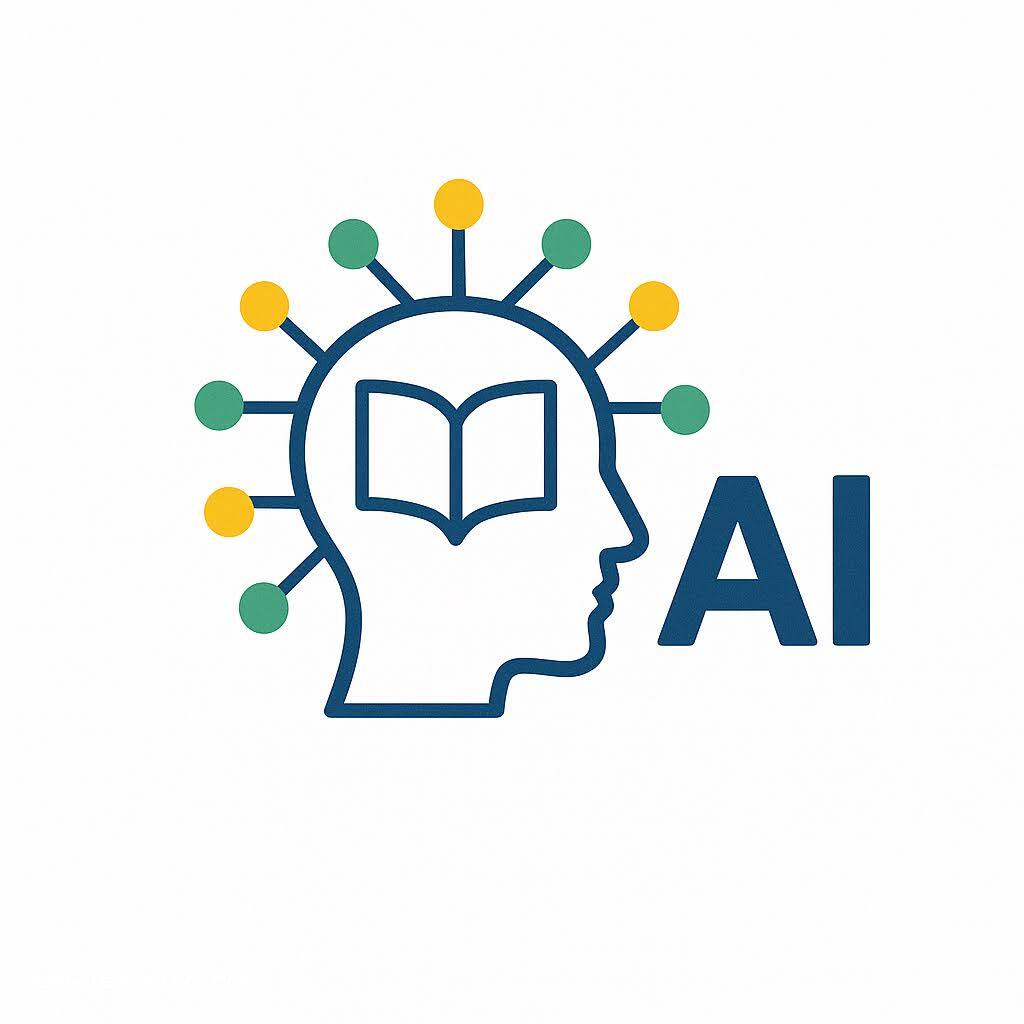"GCSE Maths Revolution: Precision and Accuracy in Standard Form for...
Precision and Accuracy in Standard Form for Scientific Success
Understanding Standard Form in Mathematics
Standard form, also known as scientific notation, is a method of writing very large or very small numbers in a concise and precise way. It is particularly useful in fields such as science and engineering where such numbers frequently occur.
What is Standard Form?
In standard form, a number is expressed as a product of a number between 1 and 10 and a power of 10. For example, the number 4500 can be written as 4.5 × 103.
Why Use Standard Form?
- Precision: It allows for more precise representation of numbers, reducing the risk of error in calculations.
- Clarity: It simplifies the reading and writing of very large or small numbers.
- Efficiency: It makes calculations easier, especially when dealing with multiplication or division of large numbers.
Applying Standard Form in GCSE Maths
In the GCSE Maths curriculum, understanding and using standard form is crucial for solving problems involving large-scale calculations. It is a key skill that supports scientific success.

Steps to Convert to Standard Form
- Identify the significant figures in the number.
- Place the decimal point after the first significant figure.
- Count the number of places the decimal has moved to determine the power of 10.
- Express the number as a product of the significant figure and the power of 10.
Example Problem
Convert 0.00056 to standard form:
0.00056 = 5.6 × 10-4
Resources for Further Learning
For more detailed explanations and practice problems, consider visiting educational websites such as BBC Bitesize or Khan Academy.
Browse Categories 📚
Ready to boost your learning? Explore our comprehensive resources above, or visit TRH Learning to start your personalized study journey today!